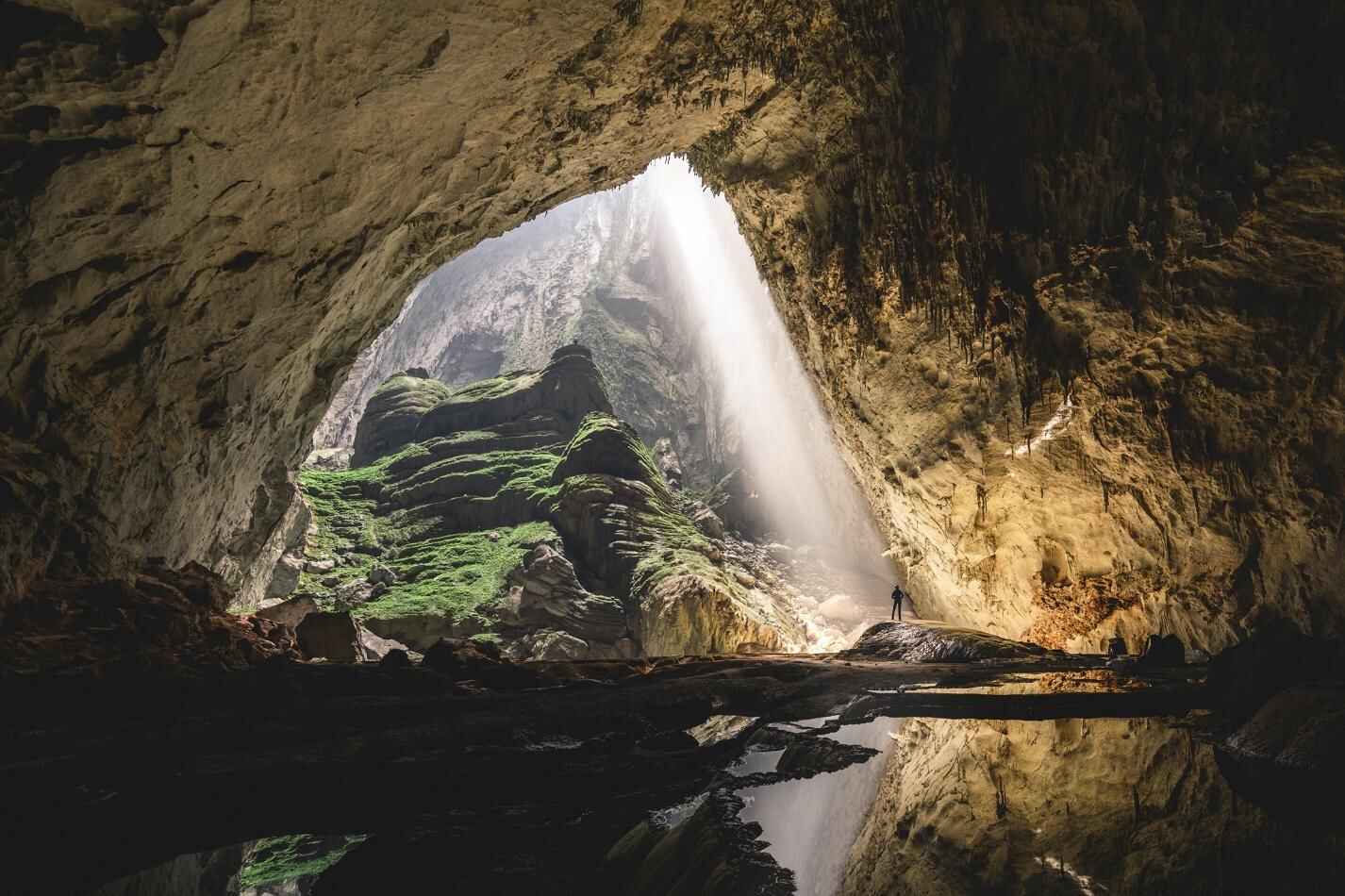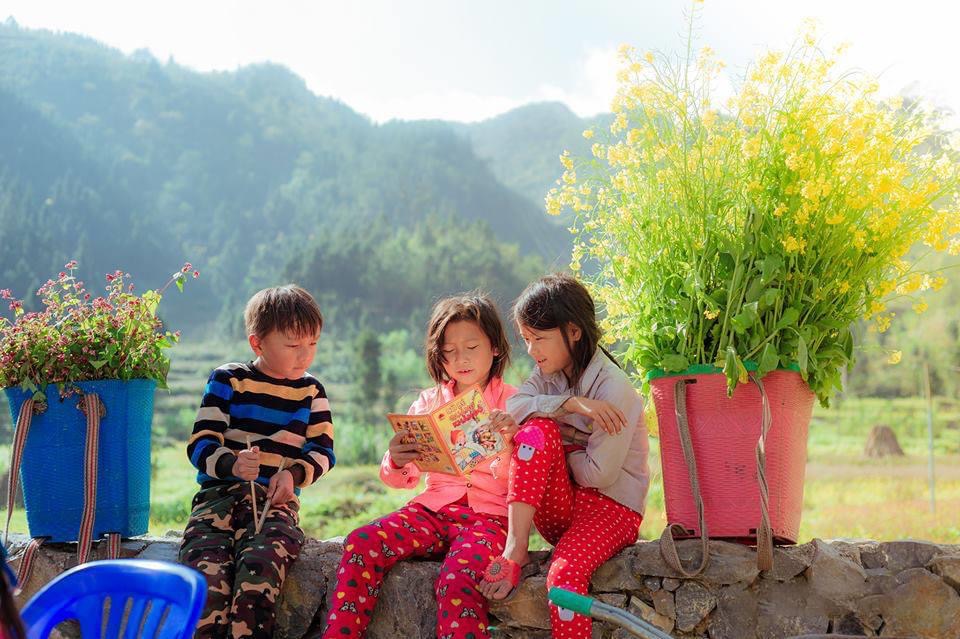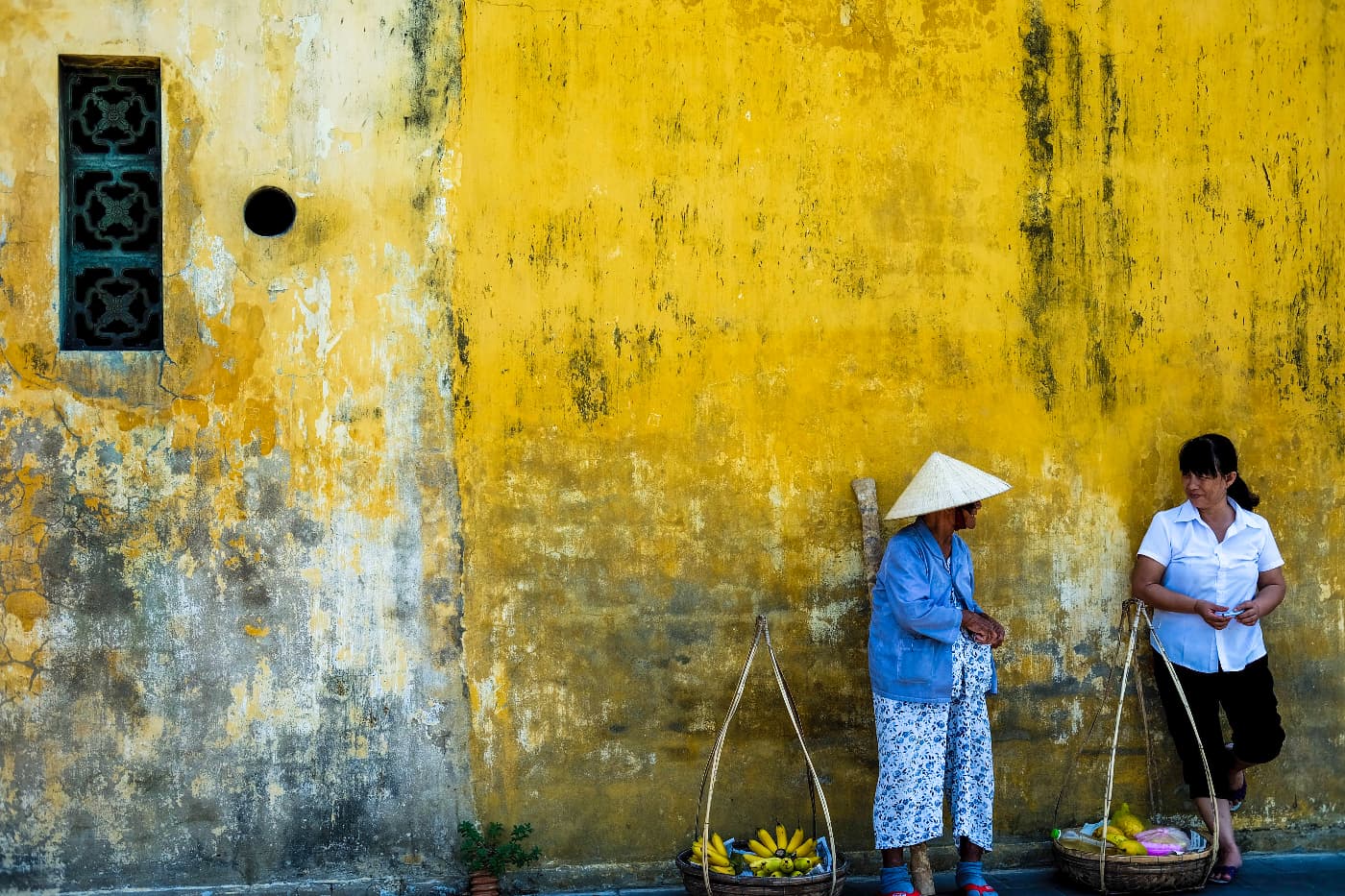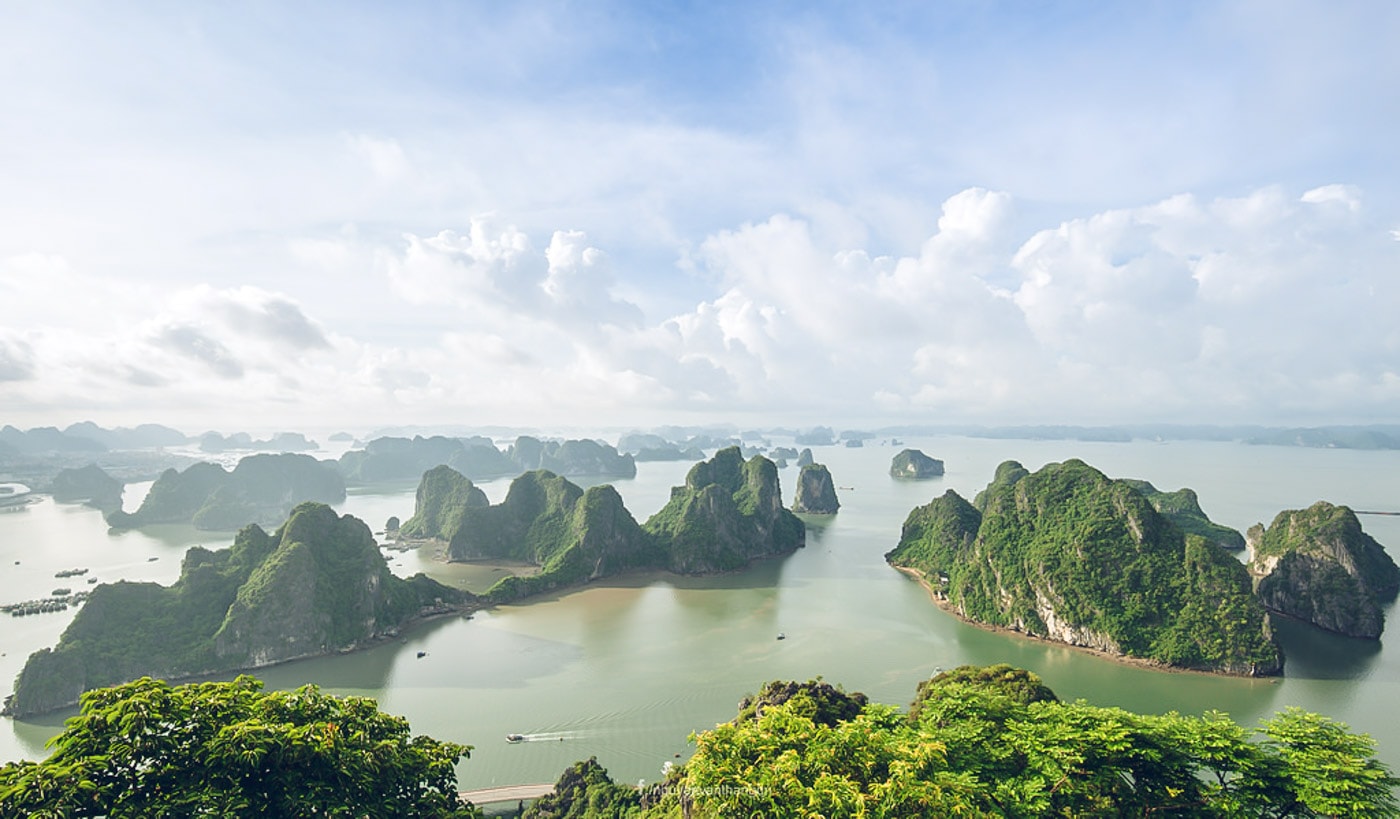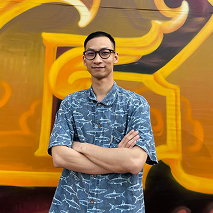Hanoi Travel Information
Hanoi Travel Information. The city of Hanoi serves as the Vietnamese capital and is the country's second-largest metropolis. There were 2.6 million people living in its urban areas in 2009, and 2.5 million in its metropolitan area.
From the year 1010 until the year 1802, it served as the political epicenter of Vietnam. Hanoi was the capital of French Indochina from 1902 until 1954 when it was replaced by Hu, the imperial capital of Vietnam during the Nguyen dynasty (1802-1945). Before becoming the capital of a unified Vietnam in 1976, it served as the capital of North Vietnam from 1954 to 1976.
The city sits on the western bank of the Red River. There are 1,760 kilometers (1,090 miles) between Hanoi and Ho Chi Minh City, and 120 kilometers (75 miles) between Hanoi and Hai Phong.
Hanoi Travel Weather
Temperature-wise, Hanoi falls into the "warm and temperate" category, and the city receives more precipitation in the summer than in the winter. January is the coldest month, with average lows of 16.6 °C (61.9 °F), while June sees the highest average temperature of around 29.4 °C (84.9 °F). Hanoi has an annual mean temperature of 23.8 degrees Celsius (74.8 degrees Fahrenheit) and receives an average of 1684 millimeters of precipitation. The driest month is January, with an average of 16 mm of precipitation; the wettest month is August, with an average of 338 mm.
Hanoi Travel Destination highlight
1, Tran Quoc Pagoda
Tran Quoc is one of Vietnam's oldest pagodas, with its origins reaching back to the sixth century. There are two hallways and a bell tower in addition to the pagoda's unique visitors' hall. A wooden statue of the historical Shakyamuni Buddha stands out among the many other statues housed inside. The pagoda's history is depicted on the oldest stele, which was erected in 1639. One of the earliest Zen Buddhist groups in North Vietnam left behind several burial stupas in the garden.
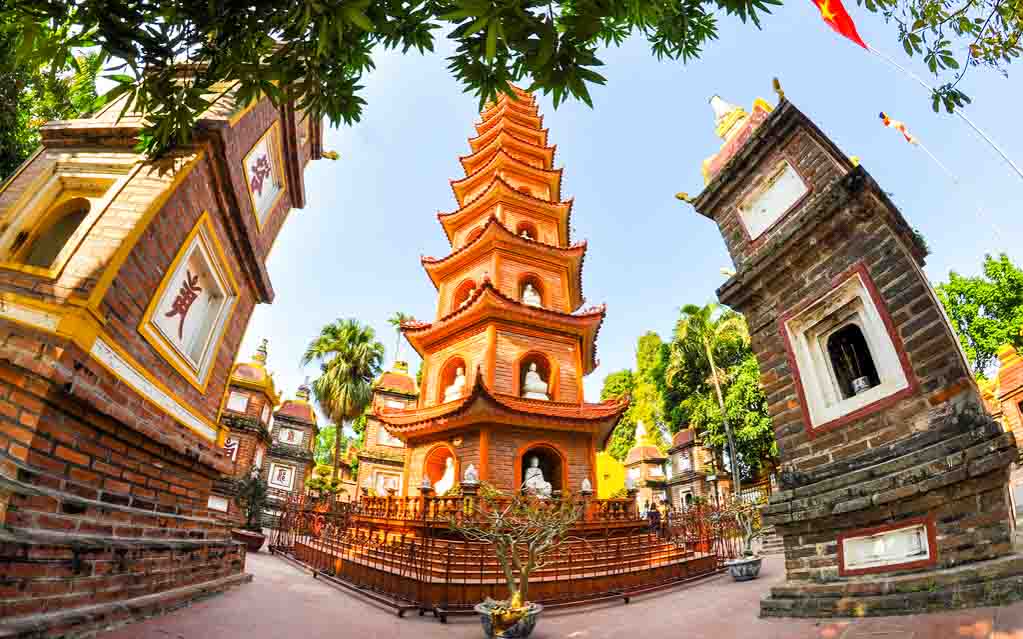
2, Ho Chi Minh Complex
Ho Chi Minh (also known as Uncle Ho) is revered as the National Liberation Hero of Vietnam and the President who established the Democratic Republic of Vietnam. The Ho Chi Minh Complex in Ha Noi is a symbol of this patriotic fervor. He was born in Nghe An province on May 19, 1890, and he died in Hanoi on September 2, 1969, during his presidency. He "devoted his whole life to the national liberation of the Vietnamese people," according to UNESCO, so much so that the organization named him a Hero of the 20th Century. The Ho Chi Minh Complex was built in his memory.
3, Hoan Kiem Lake and Ngoc Son Temple
Historically, the lake was a part of the Red River (song Hong). The lake's current position, kilometers from the river, is the result of thousands of years of geographical changes. Prior to the well-known historical account of King Le Loi, Hoan Kiem Lake was known as Luc Thuy Lake (or Green Water Lake) because the water was always green. It was dubbed Hoan Kiem Lake in the fifteenth century after the legend of Emperor Le Thai To, which is comparable to the legend of King Arthur and the Lady of the Lake.
Please close your eyes and travel back six centuries to the Le Dynasty to see this famous tale. During the struggle against the Minh aggressors, the Golden Turtle God presented King Le Thai To with a priceless fairy sword. After ten years of ceaseless conflict, the King attained victory over the Chinese and recovered the nation's independence. After that, while he was kayaking on Lake Luc Thuy one day, a big turtle approached him.
The turtle grasped the sword in its mouth and promptly submerged it. The king lamented the loss of such a magnificent sword, and neither the turtle nor the sword could be located. He concluded that God must have granted him the sword to repel the enemy, but now that his nation was at peace, he must return the weapon. After this incident, King Le Thai To dubbed the Lake Ho Hoan Kiem or Lake of the Restored Sword.
Since the time of King Le Trung Hung (XVI century), each member of the Le dynasty and Lord Trinh have added to the lake's splendor. Lord Trinh Giang constructed the Khanh Thuy shrine on Ngoc Island near the northern end of the lake. He also constructed two artificial hills opposite the Ngoc Son Shrine. Chieu Thong deposed Khanh Thuy at the end of the Le Dynasty. During the reign of Thieu Tri III (1843), a benefactor named Tin Trai constructed Ngoc Son pagoda, which was renamed Ngoc Son Shrine because it was no longer a Buddhist shrine. Instead, it became a shrine to Van Xuong, the god in charge of literature and the examinations required to become a Mandarin speaker (bureaucrat). General Tran Hung Dao, a national hero who won multiple triumphs against the Mongols, has a shrine there.
Hoan Kiem Lake is currently surrounded by a cluster of Ngoc Son Temples, The Huc Bridge, and Pen Tower, creating a dazzling and colorful natural scene! One of the many modifications that Ngoc Son has experienced is the construction of Thap But (translated as Pen Tower) on its hill (once called Dao Tai). On the tower were the three phrases "Ta Thien Thanh" or "writing on blue sky." A puddle in the shape of an ink well was put inside the gate. The Huc bridge, which means "where the sunlight is absorbed," is located beyond the ink well. The bridge goes to Dac Nguyet Lau - Ngoc Son shrine. Beyond the shrine's gates are two walls known as bang Rong and bang Ho (dragon and tiger slate), on which the names of individuals who passed the national examination are written.
The Turtle Tower, which stands in the middle of the lake and serves as a reminder to the Vietnamese of the Turtle God and his assistance, is a must-see in this gorgeous complex. According to legend, King Le Thanh Tong used to fish in this area. The structure was also constructed by Lord Trinh to shelter his entourage while they visited the lake.

4, Temple of Literature
The temple was originally constructed in 1070, and then rebuilt during the Tran dynasty (1225–1400) and later dynasties. Despite wars and natural disasters, the temple has preserved historic architectural styles and priceless artifacts of numerous dynasties for nearly two centuries. The temple has had extensive renovations in 1920, 1954, and 2000.
"The Temple of Literature was constructed in the fall of the year Canh Tuat, the second year of Than Vu (1070), in the eighth lunar month, under the reign of King Ly Thanh Tong. 72 other statues of Confucian professors were also painted. They were honored during all four seasons. Here, the Crown Princes studied."
In 1076, the "Quoc Tu Giam" or Imperial Academy, Vietnam's first university, was built within the temple to educate Vietnam's officials, nobility, princes, and other elites. The university was operational from 1076 to 1779. In 1802, the Nguyen emperors created a new imperial academy in the Hu capital, which they founded in 1802. The academy at the temple in Hanoi lost its status and became a school in the district of Hoai Duc.
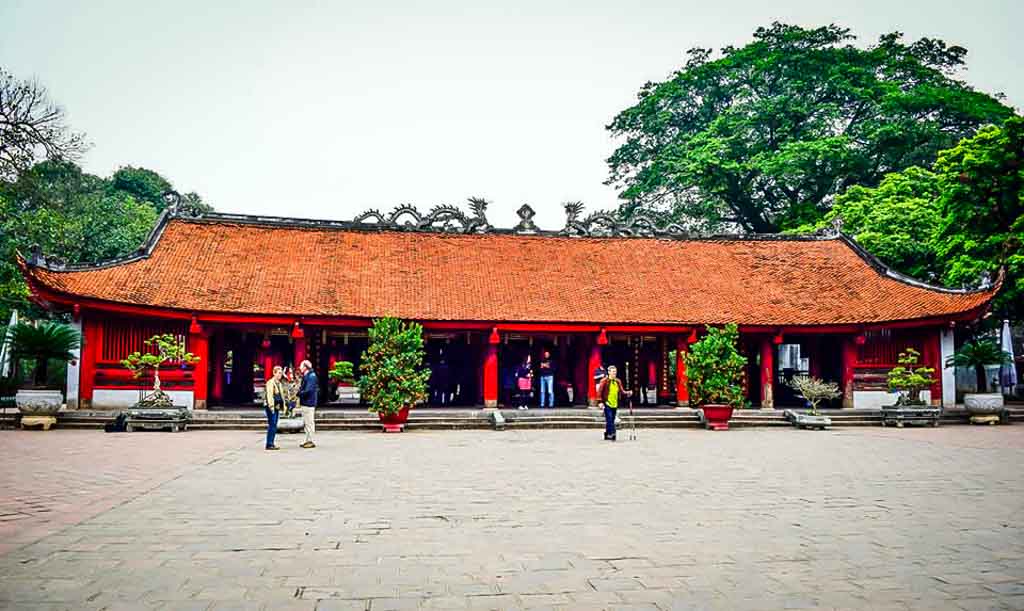
5, Water Puppet Show
Water puppetry is a practice dating back to the 11th century CE. It originates in the northern Vietnamese communities of the Red River Delta region. Contemporary Vietnamese water puppetry is a distinct variant of the ancient Asian puppet practice.
The puppets are crafted from wood and then varnished. The performances take place in a waist-deep pool. The puppeteers, who are often concealed behind a screen, manipulate the submerged puppets with the use of a huge rod. Thus, it appears as if the puppets are moving across the sea. When the rice fields flooded, the locals entertained themselves with this sort of puppetry.
It is believed that water puppetry started in the Red River Delta in Vietnam in the eleventh century. The art form is still highly developed in this country today. In Nguyen Xa commune, ong Hung district, Thai Binh province, some of the earliest troupes were discovered.
The rural Vietnamese of ancient Vietnam believed that ghosts governed every area of their existence, from the kitchen to the rice farms. Using what natural mediums they could find in their area, the Vietnamese created water puppetry as a means to satisfy their spirit and as a kind of amusement. In ancient times, ponds and flooded rice paddies frequently served as the setting for these impromptu performances.
This art genre is unique to North Vietnam and has only recently reached the international stage as a result of normalized relations with the West. The National Puppet Theatre, the municipal Thang Long Puppet Company of Hanoi, and the Ho Chi Minh City Puppet Company earned international prominence in the early 1990s. The Thăng Long Water Puppet Theatre in Hanoi and the Golden Dragon Water Puppet Theatre in Saigon are the principal venues in Vietnam.
6, Quan Thanh Temple
Quan Thanh temple in Vietnam's Hanoi. The temple dates back to the eleventh century and was dedicated to Xuan Wu, or Chan Vu Vietnamese, one of the most important deities in Taoism. As one of the Four Sacred Temples of the city, Quan Thanh Temple is located close to West Lake in a district with the same name. This is one of Hanoi's most popular tourist destinations.
According to legend, Quán Thánh Temple was founded during the time of Emperor Lý Thái Tổ, who ruled from 1010 to 1028. It was dedicated to Tran Vu, the Taoist Deity of the North, whose power symbols are the serpent and the turtle. It is one of the Four Sacred Temples, which were constructed in four directions to defend the capital from evil spirits. Gia Lam district is home to a second Tran Vu Temple in Hanoi. Despite being smaller than Quan Thanh Temple, Tran Vu Temple also contains a 9-ton statue of the deity Tran Vu. This statue is the second largest bronze statue in Vietnam and is regarded as a masterpiece of bronze casting and sculpture in Vietnam.
Quan Thanh Temple is currently situated near the intersection of Quan Thanh Street and Thanh Nien Street, facing West Lake, as a result of numerous alterations to the city's topography. It is only a short distance to Truc Bach Lake, where the late senator and pilot John McCain was shot down in October 1967
7, Hoa Lo Prison
This thought-provoking site is all that is left of the former Hoa Lo Prison, ironically dubbed the "Hanoi Hilton" by American POWs during the American War. The majority of exhibits related to the prison's use up until the middle of the 1950s, with an emphasis on the Vietnamese fight for independence from France. The foreboding French guillotine used to decapitate Vietnamese insurgents is a horrific artifact. In addition, there are exhibits about the American pilots who were imprisoned at Hoa Lo during the American War.
Find the great tours around Hanoi: Vietnam Tour

